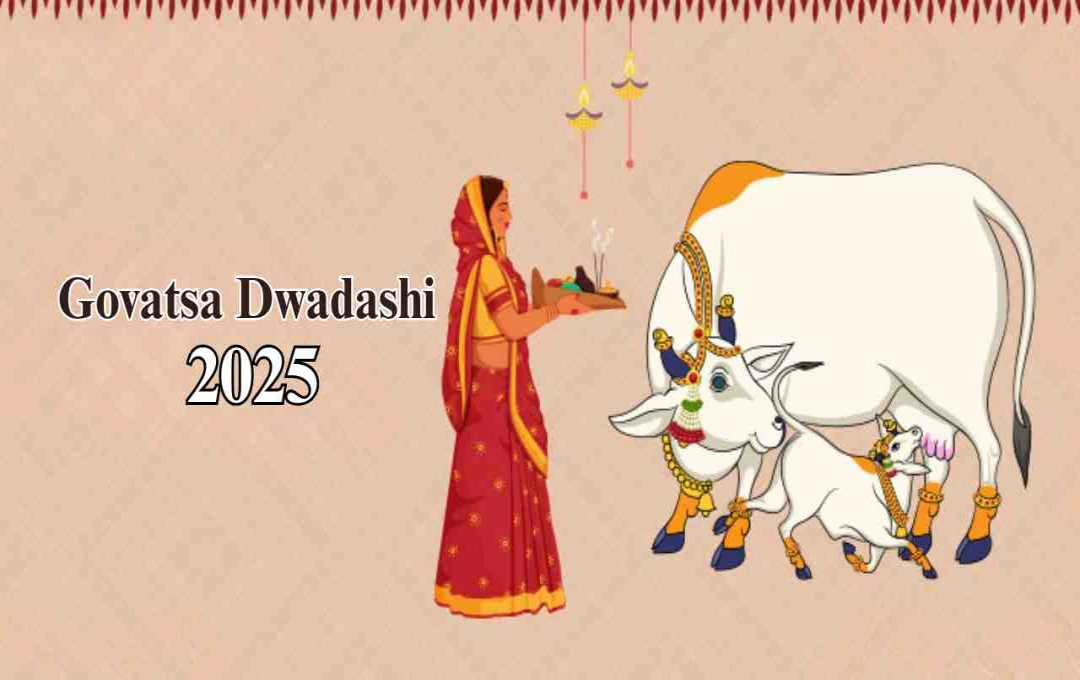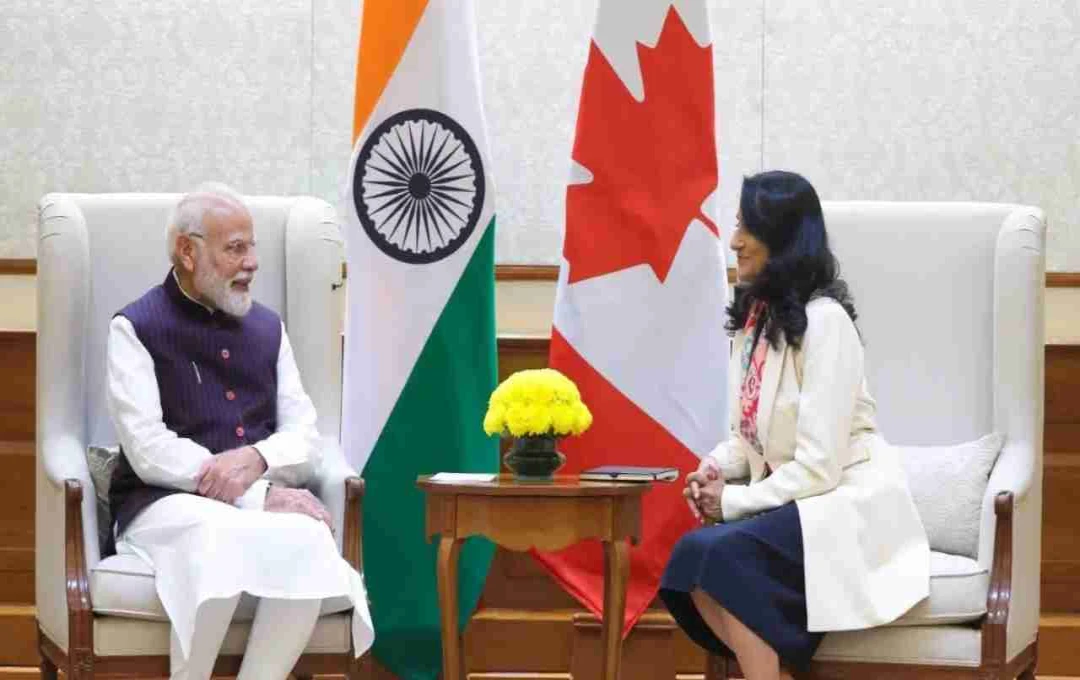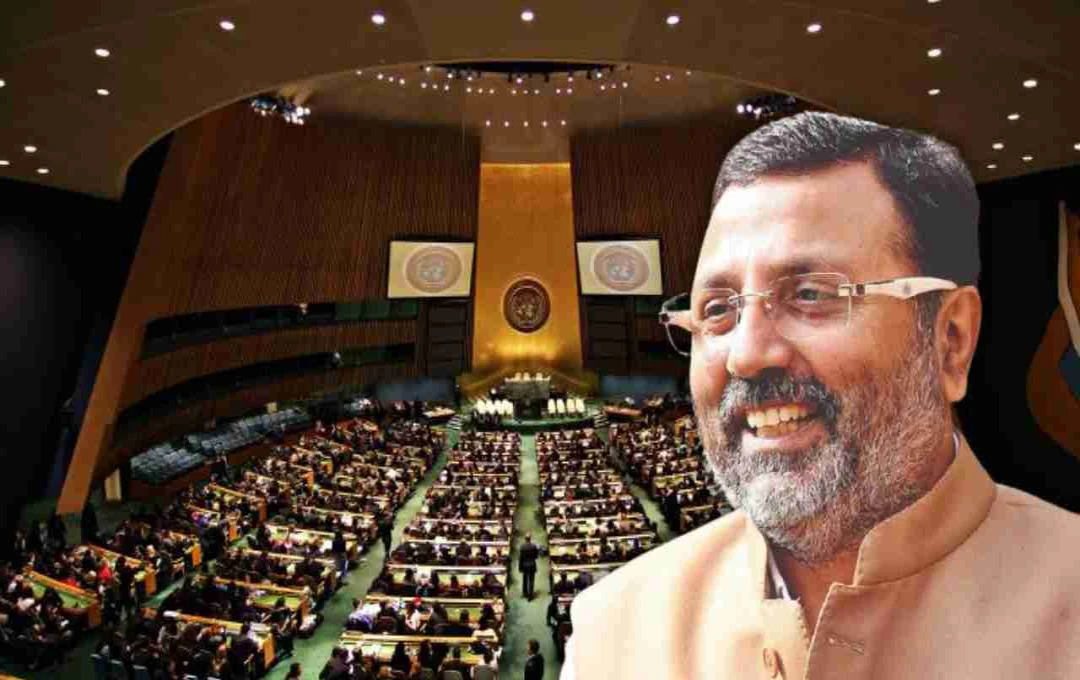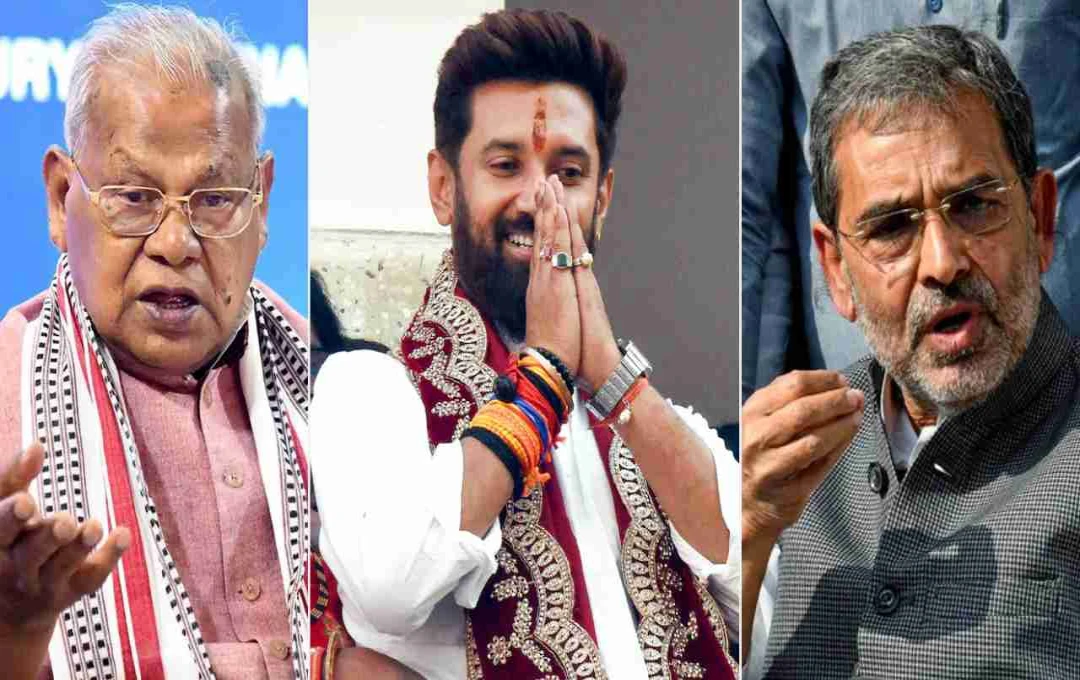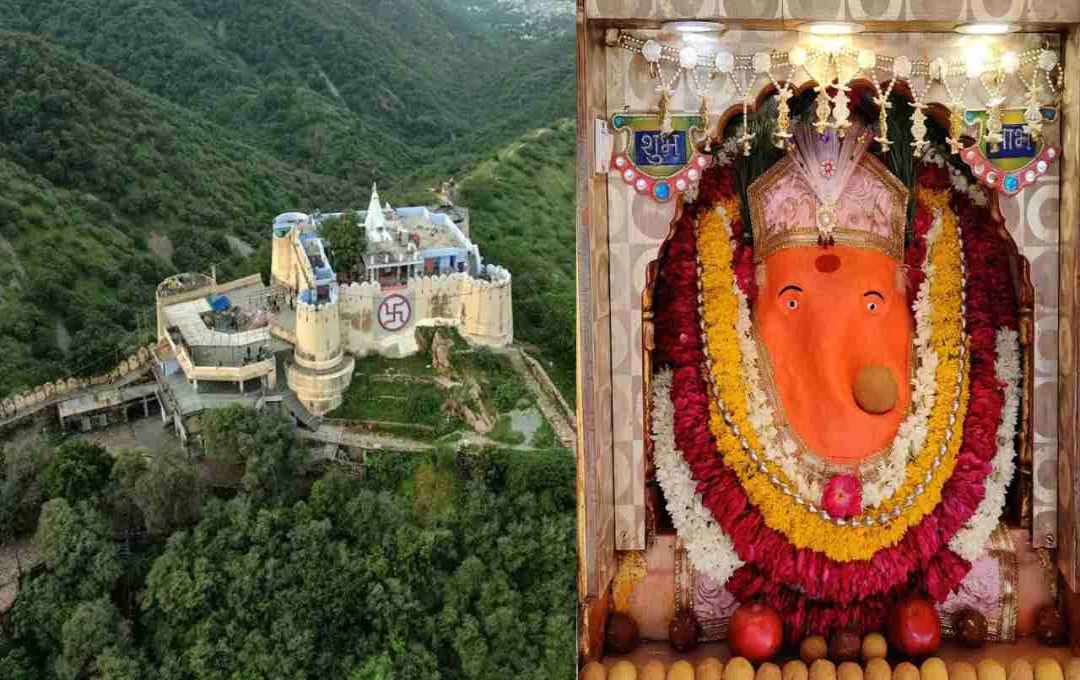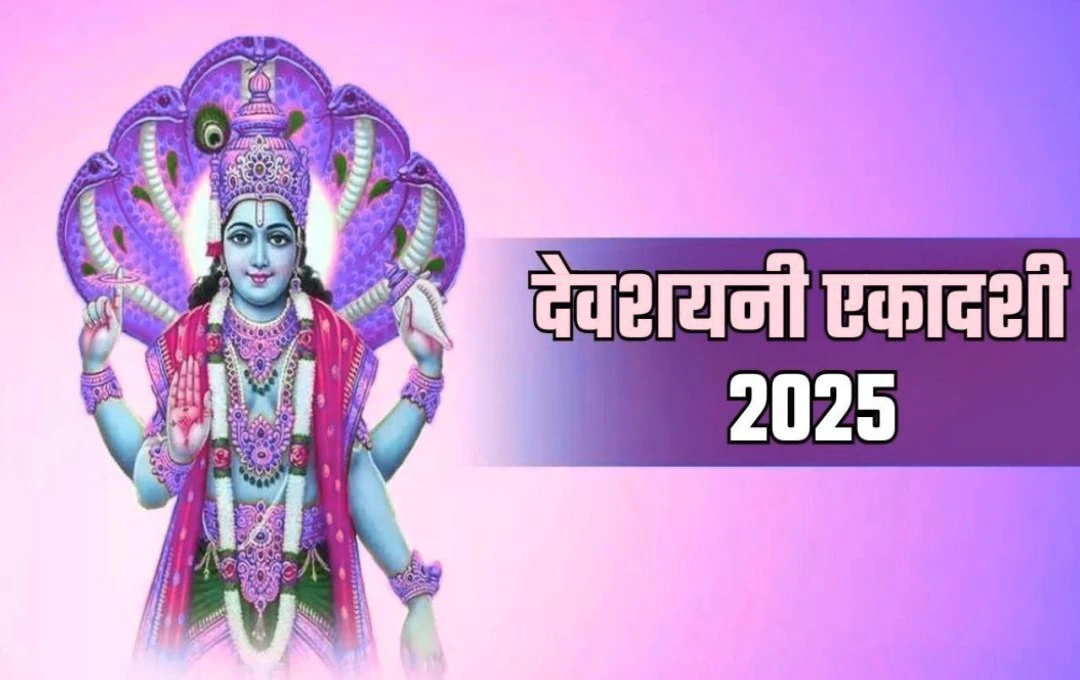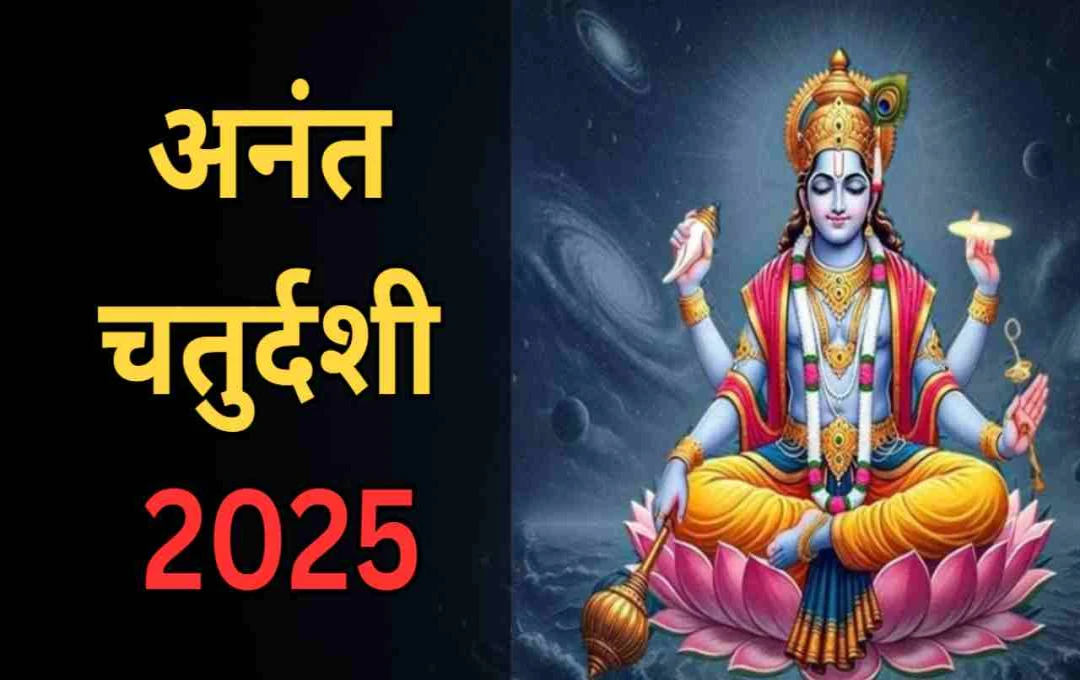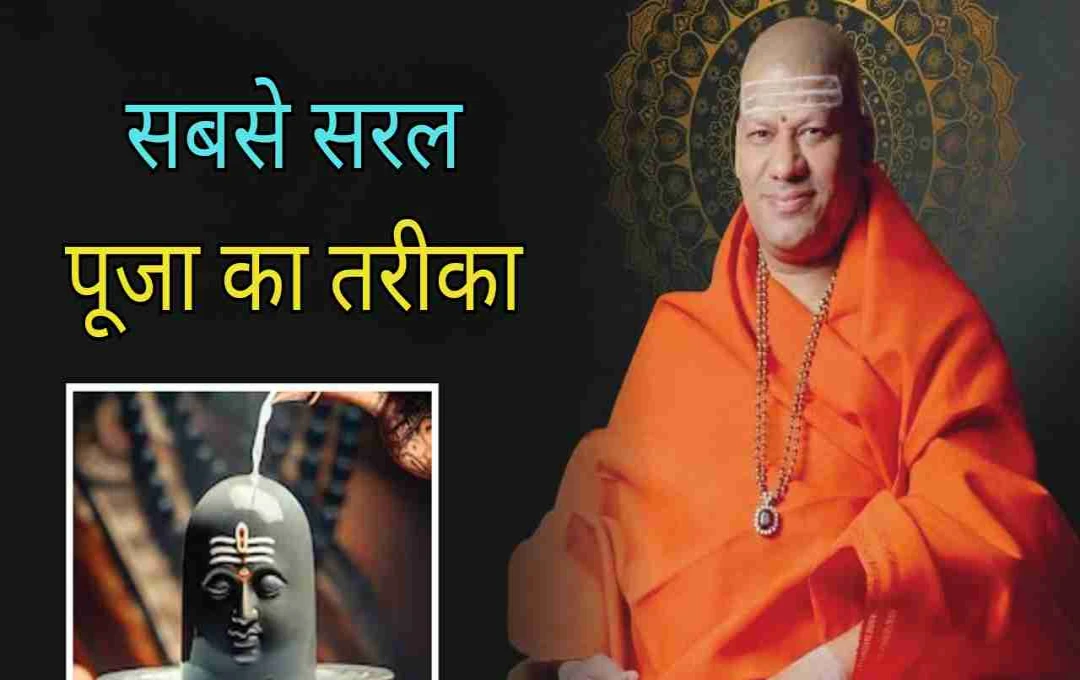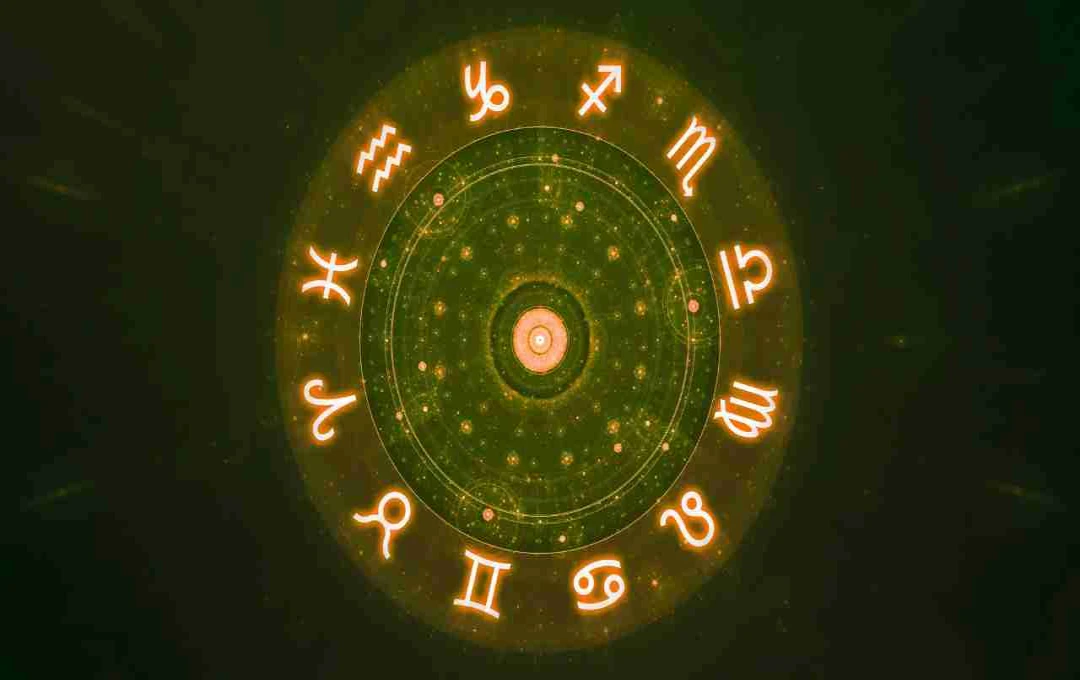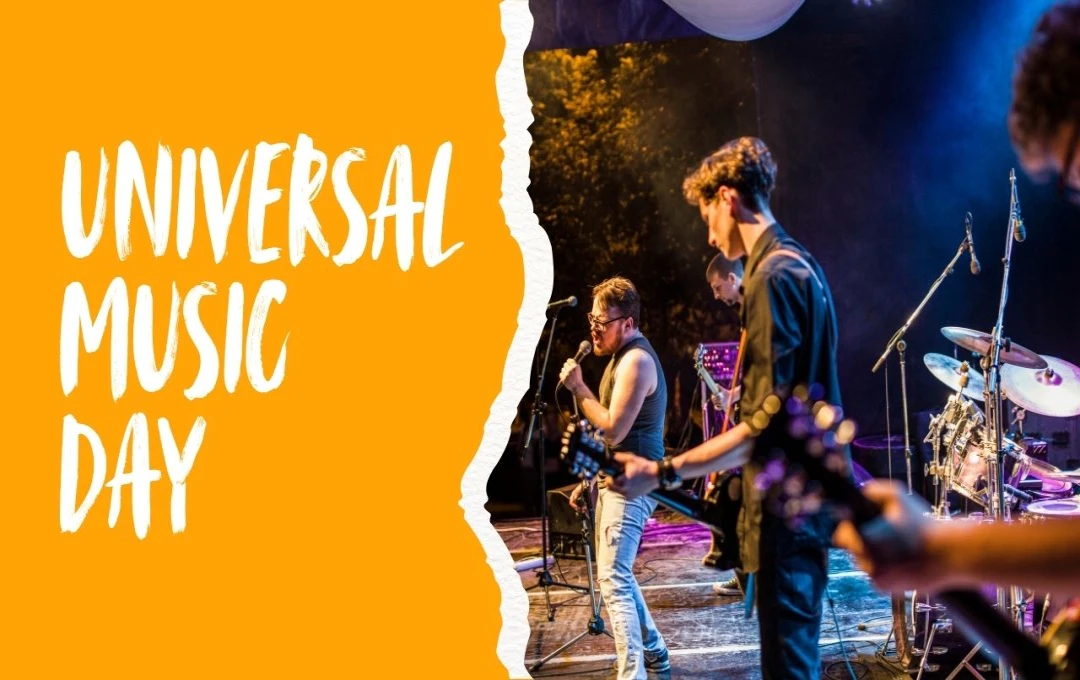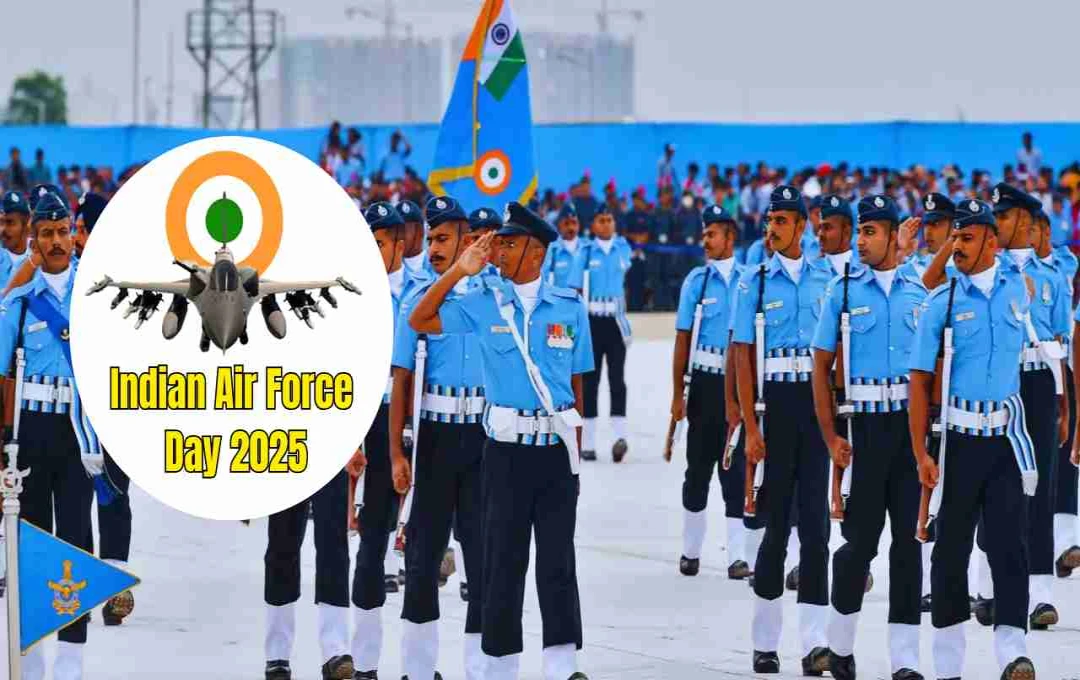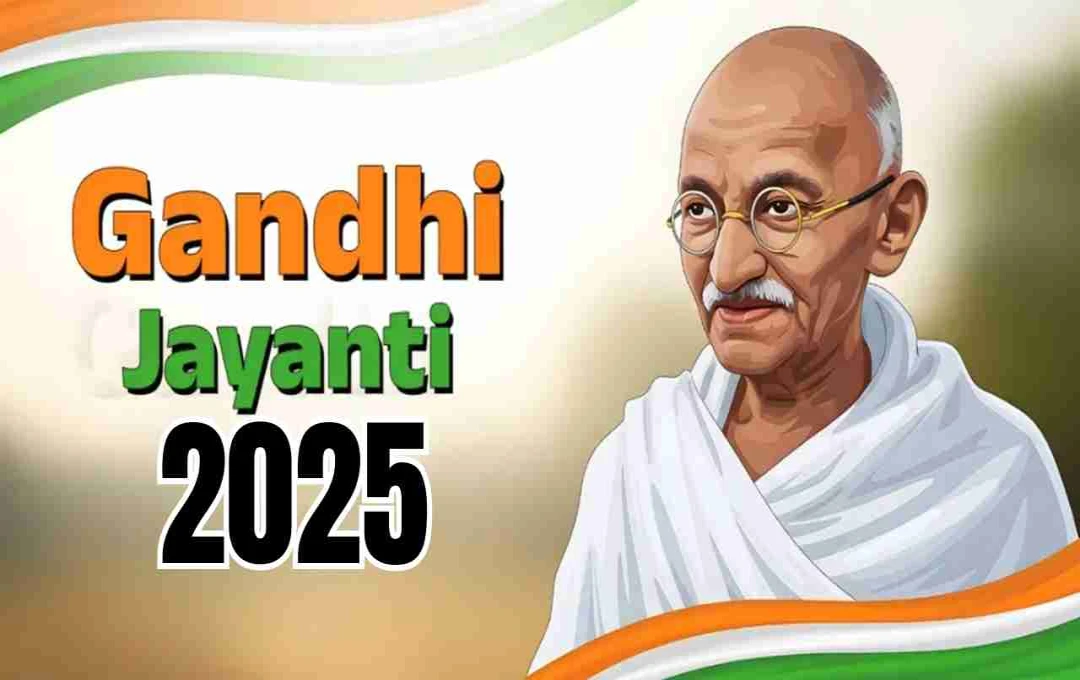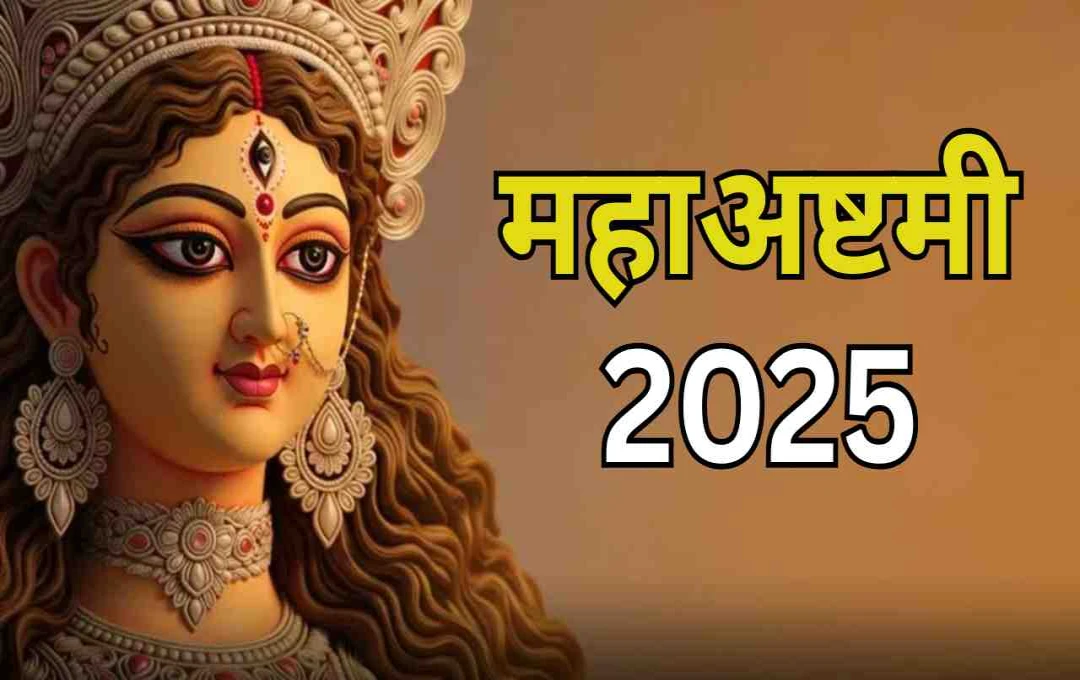Govatsa Dwadashi 2025, known as Vasu Baras in Maharashtra and Wagh Baras in Gujarat, will be celebrated on October 17th. This festival symbolizes reverence and gratitude towards the cow and its calf. On this day, through fasting, worship, and storytelling, prayers are offered for happiness, prosperity, and the protection of children in the family.
Govatsa Dwadashi: Govatsa Dwadashi, known as Vasu Baras in Maharashtra and Wagh Baras in Gujarat, will be celebrated on Friday, October 17, 2025. In India, this festival marks the beginning of Diwali and is observed one day before Dhanteras by devotees to express gratitude towards the cow and its calf. On this day, women observe a fast (vrat) wishing for the prosperity, peace, and long life of their family and children. The worship rituals include bathing, taking a pledge (sankalp), worshipping Gaumata (Mother Cow), and listening to the sacred story (katha), while also adhering to the fasting rules.
Beginning of the Diwali Festival in India
Govatsa Dwadashi, known as Vasu Baras in Maharashtra and Wagh Baras in Gujarat, is a sacred day to express reverence and gratitude towards the cow and its calf. It is celebrated one day before Dhanteras, and women observe a fast, praying for the long life of their children, as well as the prosperity and peace of their families. It is also known as Bach Baras, Nandini Vrat, or Vatsa Dwadashi.
Significance and Celebration of Govatsa Dwadashi
The festival of Govatsa Dwadashi symbolizes expressing gratitude towards the cow and calf. In Hinduism, the cow is revered as a mother (Gaumata) and is considered life-sustaining. On this day, cow worship (Gau Puja) is organized in homes, and the consumption of products made from cow's milk is prohibited. In Maharashtra, it is celebrated as Vasu Baras, and in Gujarat, it is known as Wagh Baras. Diwali officially begins on this day, with devotees performing prayers and rituals in their homes across the country.
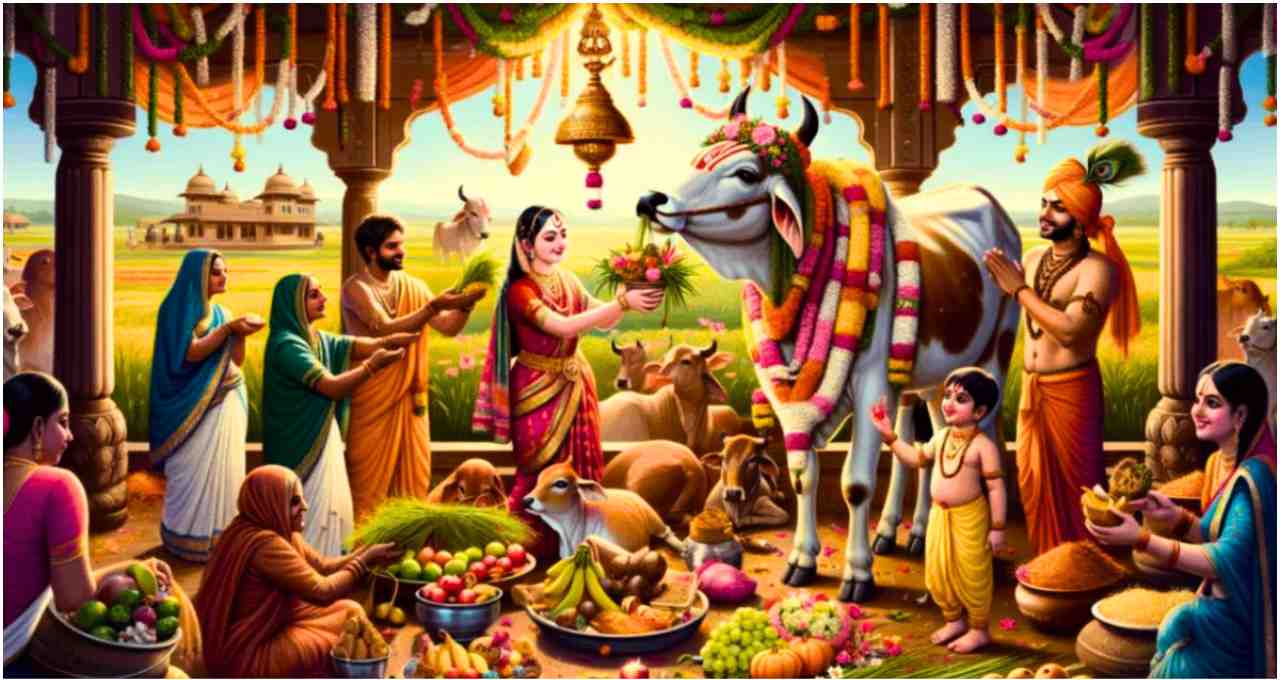
Auspicious Timings (Muhurat) for Govatsa Dwadashi 2025
This year, Govatsa Dwadashi falls on Friday, October 17, 2025. The Dwadashi tithi (date) will commence at 11:12 AM and last until 12:18 PM on the following day, October 18. The main worship time, or Pradosh Kaal, has been set from 5:49 PM to 8:20 PM. During this period, devotees observe the fast (vrat) along with bathing, taking a pledge (sankalp), and worshipping Gaumata (Mother Cow).
Worship Method (Puja Vidhi)
After bathing and taking a pledge (sankalp), devotees wear clean clothes and resolve to worship Gaumata and her calf. If a real cow and calf are available at home, they are bathed and adorned; otherwise, worship is performed using a clay idol or a picture. Following this, turmeric-kumkum, flowers, green grass, and sprouted moong or chana are offered. At the end of the puja, a lamp is lit, aarti is performed, and the story (katha) of Govatsa Dwadashi is listened to. The fast (vrat) is concluded (paran) on the next day, the Trayodashi tithi, after performing Gau Puja.
Fasting Rules and Observance
On this day, observing specific rules is considered mandatory. During the fast, the consumption of wheat, rice, and products made from cow's milk is prohibited. Buffalo milk, fruits, and simple meals may be consumed. Furthermore, the use of any kind of knife or sharp object is forbidden. Such rules maintain the sanctity and devotion of the fast.
Mythological Story of Govatsa Dwadashi
According to the legend, there once lived a moneylender in a village with his seven sons and grandsons. He had a pond constructed, which remained unfilled for years. A pundit (priest) informed him that the pond would only fill if the moneylender sacrificed his eldest son or eldest grandson. The moneylender sent his eldest son's wife to her parental home and secretly sacrificed his grandson. Immediately, heavy rain fell, and the pond filled up.
Some time later, the day of Bach Baras arrived, and the moneylender went to worship the pond with his family. While returning home, he told his maid to cook 'Gehunla'. The maid misunderstood and cooked a calf instead. When the moneylender saw this, he was stunned. Just then, the cow came looking for her calf and started digging the earth. A miracle occurred, and the calf emerged alive. The moneylender and his family were overcome with emotion, and they worshipped Gaumata, pledging to observe the Bach Baras fast every year.
Why is Govatsa Dwadashi Significant?
From the story, it is clear that the Govatsa Dwadashi fast symbolizes the protection of children and bringing happiness and prosperity into the home. Through its rules, worship methods, and stories, this festival serves as a means to maintain faith and religiosity in the family. Besides demonstrating reverence for the cow and calf, this festival also promotes family harmony and spiritual discipline.
Govatsa Dwadashi 2025 is not only significant from a religious perspective but also conveys a message of social and familial prosperity. The auspicious timings (muhurat) for this day, its worship methods (puja vidhi), fasting rules (vrat niyam), and stories (katha) all provide well-organized guidance to devotees. All family members can worship the cow and calf on this day to gain spiritual merit (punya labh).
